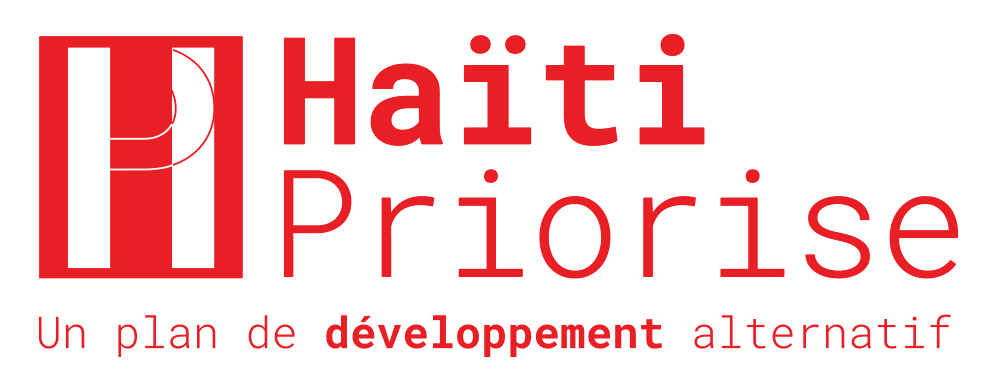Haïti Priorise: Family Planning, Kohler
Description of the Problem
During the 1970s and 1980s, a successful family planning program with strong private and public sector support helped contribute to a decline in Haiti’s fertility rate. Since then, political upheavals and economic weakness have affected efforts to improve reproductive health and family planning. As a result, Haiti has fallen behind other countries in sexual and reproductive health services.
The 2010 earthquake and its aftermath severely impacted the entire health system, including sexual and reproductive health. Although there were efforts within days to provide family planning services, there is evidence that the earthquake had significant negative consequences, including on the use of injectables, the most widely used modern contraceptive method in Haiti. The earthquake also negatively affected partnership dynamics such as women’s ability to negotiate condom use.
The “unmet need” for family planning in Haiti is estimated at 35% - one of the highest rates in the world. This means that more than three women in ten who are sexually active are not using any contraception despite the fact that they do not want any more children, or want to delay the next child.
Summary of the BCR
| Intervention | Benefit | Cost | Benefits for every Gourde spent |
|---|---|---|---|
| Access to Contraception | 3,641 billion HTG | 201.8 billion HTG | 18 |
The Solution
- Access to Contraception
Haiti has worked to revive its family planning program. A 2013 policy states that the provision of free family planning services is required in all health institutions, including workplace infirmaries. In addition, health providers are required to encourage women with more than two or three children to consider a long-acting contraceptive method, and various family planning education and media programs have been devised and implemented. The National Strategic Plan for Reproductive Health and Family Planning for 2013-16 has integrated family planning as a central component in reducing maternal and neonatal mortality.
Costs, Benefits and BCR
Costs
Expanding sexual and reproductive health services to meet 100% of unmet need would cost 1,496 Gourdes per woman, or 1,543 million Gourdes annually.
Benefits
Recent studies found that family planning programs -- besides reducing fertility and maternal and child mortality -- are likely to result in higher levels of female education, improvements in women’s general health, increases in female labor force participation and earnings, and increased child health.
Expanded sexual and reproductive health services would primarily affect the number of years between siblings – and thus, under-five mortality. Under-5 mortality is 145 per 1000 live births for children born within less than 2 years of the previous child, as compared to 102 deaths per 1000 live births for children born within 2 years of the prior birth. The researchers estimate that under-5 mortality would be cut by 70%. Maternal mortality would also be reduced because of fewer births and abortions.
There would also be a ‘demographic dividend’. With more access to sexual and reproductive health services, there will be fewer children, and hence relatively more people in the working age. That means Haiti will become slightly more productive: it would increase per capita economic growth by .25 percentage points. Haiti would be 59 billion Gourdes better off annually by 2050 as a result.

